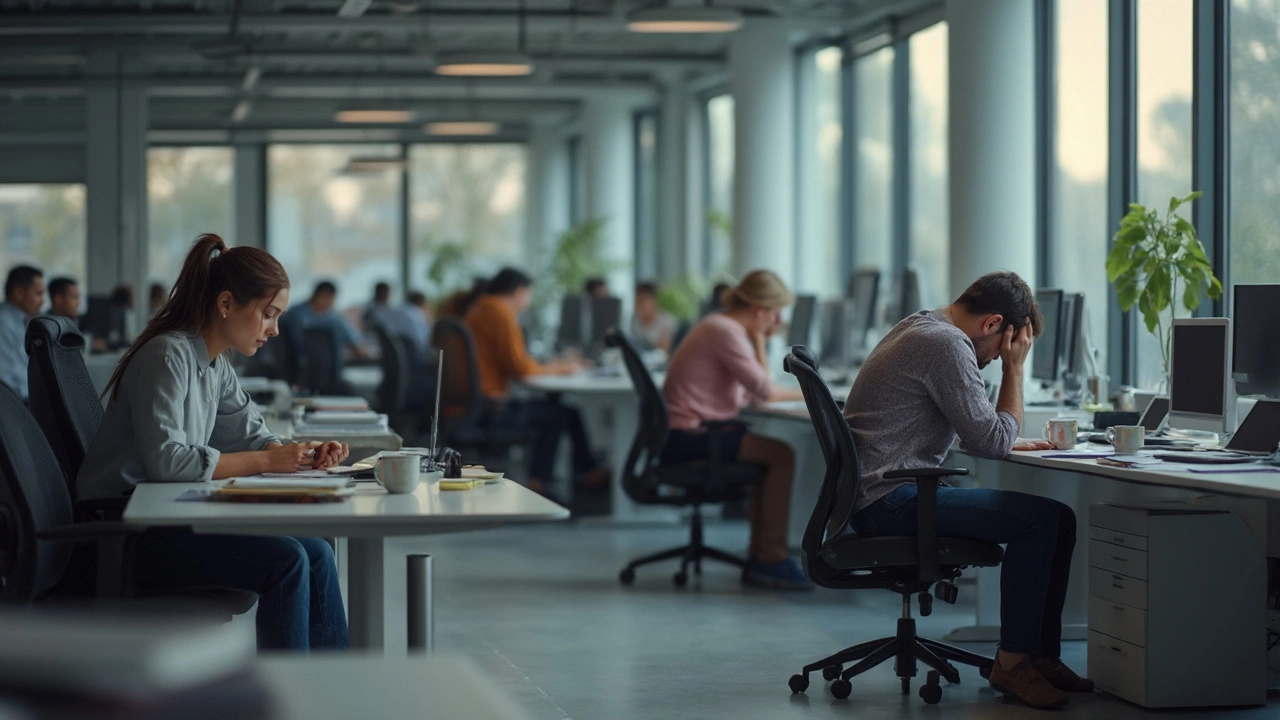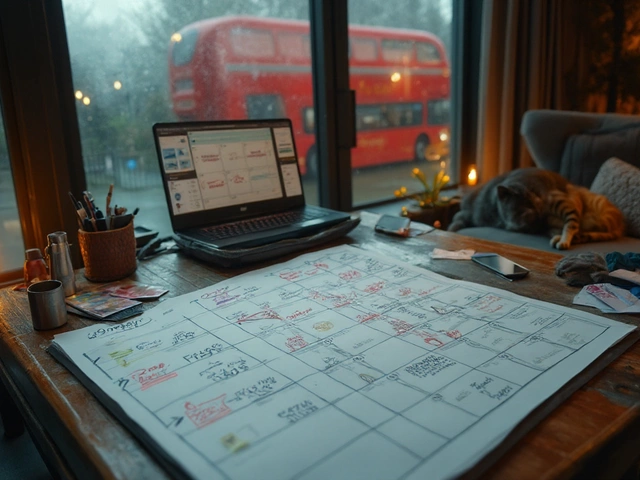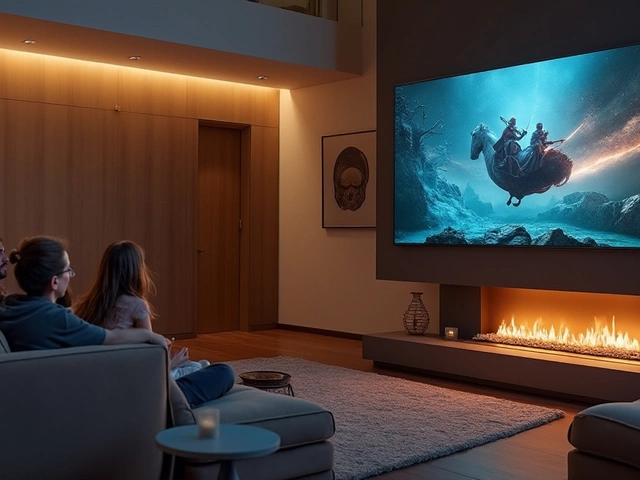Workplace Health: Simple Ergonomic Tips for a Safer Office
Feeling sore after a day at the desk? You’re not alone. Most office aches come from the same three things: a bad chair, a mismatched desk, and staying in one position too long. The good news is you can fix all of that without spending a fortune or turning your office upside down.
Choose the Right Chair
The chair you sit on is the foundation of workplace health. Look for a seat that supports the natural curve of your lower back. If the chair has a built‑in lumbar pad, adjust it so it fits snugly against the small of your back. Height matters, too – your feet should rest flat on the floor and your knees stay at a 90‑degree angle.
Swivel and tilt functions are more than nice extras; they let you change posture throughout the day. A good chair also has a seat depth that lets you sit back while still keeping a few inches between the edge of the seat and the back of your knees. Test it out: slide forward and back, and make sure you can reach the armrests without raising your shoulders.
If you notice a sinking chair, the gas cylinder is probably worn out. Replacing it is cheap and restores proper height adjustment. A stable chair stops you from hunching over just to reach the desk.
Set Up Your Desk Like a Pro
Desk height should let your elbows sit close to a 90‑degree angle when typing. Most desks sit too low, causing you to slump forward. You can raise the desk with risers or a height‑adjustable frame. If you use a laptop, add a stand so the screen sits at eye level and pair it with an external keyboard.
Keep frequently used items – phone, notepad, pen holder – within arm’s reach. This prevents twisting and over‑reaching, which strain the shoulders and neck. Your monitor’s top should be at or just below eye level; this reduces the need to tilt your head up or down.
Don’t forget about lighting. Glare on the screen forces you to squint, leading to eye strain and headaches. Position the monitor perpendicular to windows or use a blinds to soften bright light.
Finally, take micro‑breaks. Every 30 minutes, stand up, stretch, or walk around for a minute. Simple moves like shoulder rolls, neck stretches, and ankle pumps keep blood flowing and reset your posture.
Putting these small changes together creates a healthier workspace that feels easier on the body. You’ll notice less fatigue, fewer aches, and maybe even a boost in productivity. Start with one chair tweak, adjust your monitor, and build from there – your back will thank you.





